Herzog & de Meuron. Allianz Arena. Munich
January 04, 2010

The Allianz Arena stadium replaced the Olympic Stadium (see post Frei Otto, Günther Behnish. Olympic Stadium. Munich) as home of local teams' football matches.
In its favour it has the fully-covered seating, a host of commercial spaces underneath the stands, comparable to that of a shopping mall (event rooms, souvenir shops, restaurants, club offices, several food and refreshment kiosks, etc) four 4-storey carparks and an image which can be recognized from the motorway. The seating capacity is slightly less, 66,000 compared to 69,000. Against it, it is completely isolated from its surroundings, having the character of an impregnable fort and some carelessly designed indoor and intermediary spaces. The reason, according to the authors (see El Croquis 129/30 p276), is that all these areas are subject to the changes which the users will induce.
The emphasis is placed on the shell, previously tested out with less means on the St Jakob Stadium of Basel, and in the form of a crater, itself setting a precedent for the Olympic stadium of Beijing 2008.
Photos taken by a+t.
Herzog & de Meuron
Allianz Arena
Werner-Heisenberg-Allee 25
Munich 2005




















RELATED POSTS
|
|
|


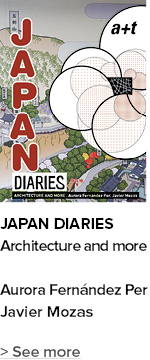




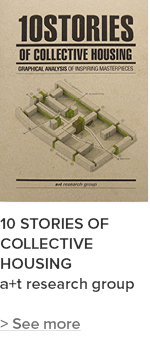

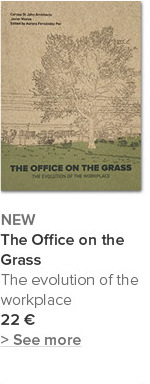
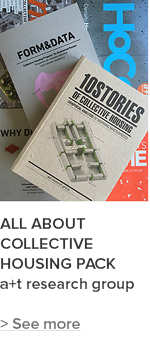
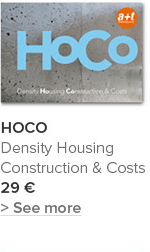

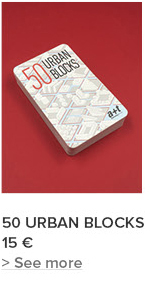
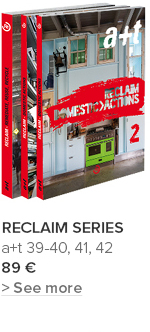

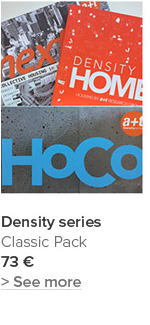








 I've read and agree to
I've read and agree to 


